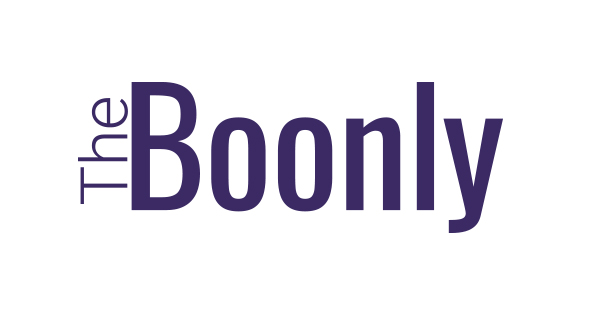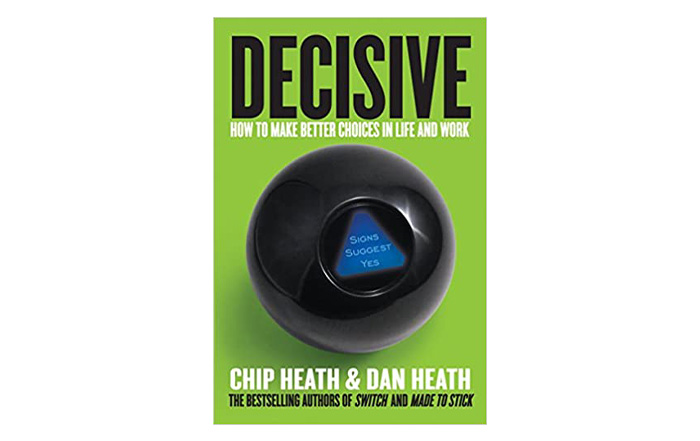Where to find this idea:
Decisive: How to Make Better Choices in Life and Work
When we don’t trust our guts, we trust pros and cons lists. This go-to process of decision making has been in circulation since 1772 when Benjamin Franklin suggested dividing a piece of paper in two and filling each column with the respective pros and cons.
Comparing the pros and cons of one option and making a choice that feels most favorable is a simple, reasonable and effective strategy. Right? But this approach is also deeply flawed because of cognitive biases (aka patterns of thinking that cause judgment errors). They can lead you astray, so you are usually better off trusting your intuition than relying on a quasi-scientific process that might be skewed and result in bad decisions.
Narrow framing and confirmation bias are the two main biases associated with pros and cons lists.
- Narrow framing
Let’s say that you want to decide whether you should buy a house and you list pros and cons for this decision. In this case, you’re actually giving yourself only one option — to buy a house — which is known as narrow framing. You’re not considering the alternatives, for example what if I keep renting, what if I buy an apartment, what if I spend that money on something totally different? By defining your choices too narrowly and seeing them in binary terms, you’re missing some great opportunities.
- Confirmation bias
When you make a pros and cons list, you are likely to list factors that support your pre-existing beliefs while ignoring info that opposes them. In our example above, if you believe that owning a house is a sign of financial freedom, you would focus on the pros side of your list and try to interpret all the factors in a way that supports your buying a house. You might even actively search for data to confirm what you already believe in. That’s how you end up with a self-serving choice, not an objective one.
What can be done:
Instead of analyzing only one option by using a pros and cons list, brainstorm various options. Actively seek out diverse viewpoints, gather more information, and analyze the potential consequences of different choices. This way you’ll avoid making decisions in isolation and see the bigger picture.
Always think about your values and bigger goals. If you don’t consider things that are truly important to you, no amount of rational decision making will help you make the decision that is best for you. Align your decisions with your values.
And remember — sometimes, you simply need to listen to your gut and that’s okay.

